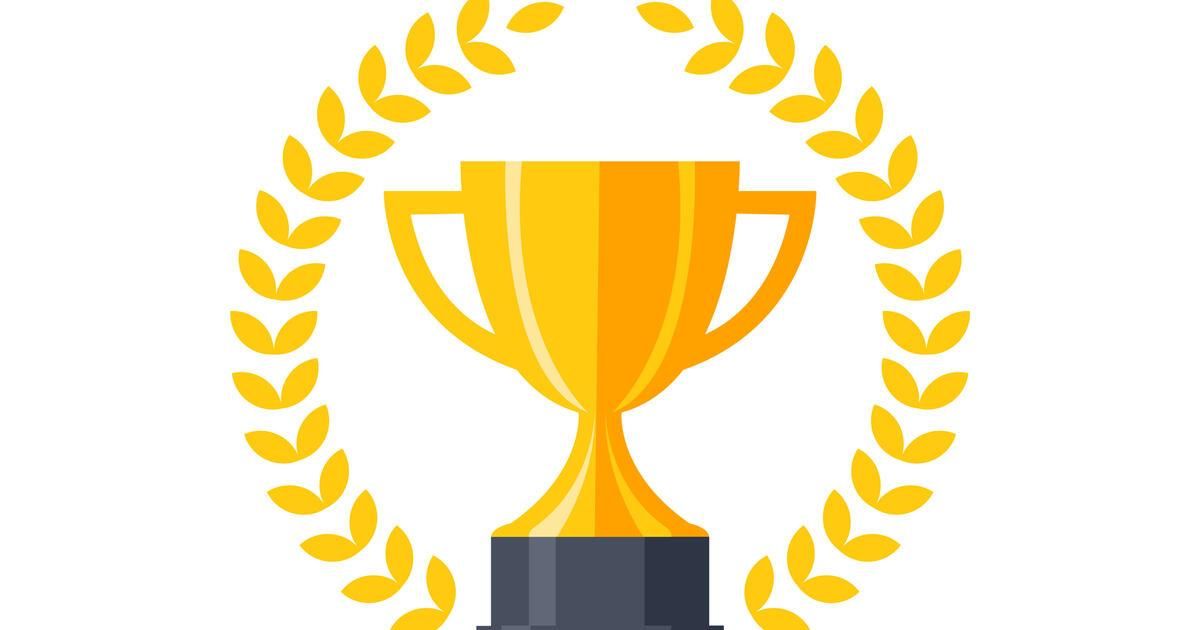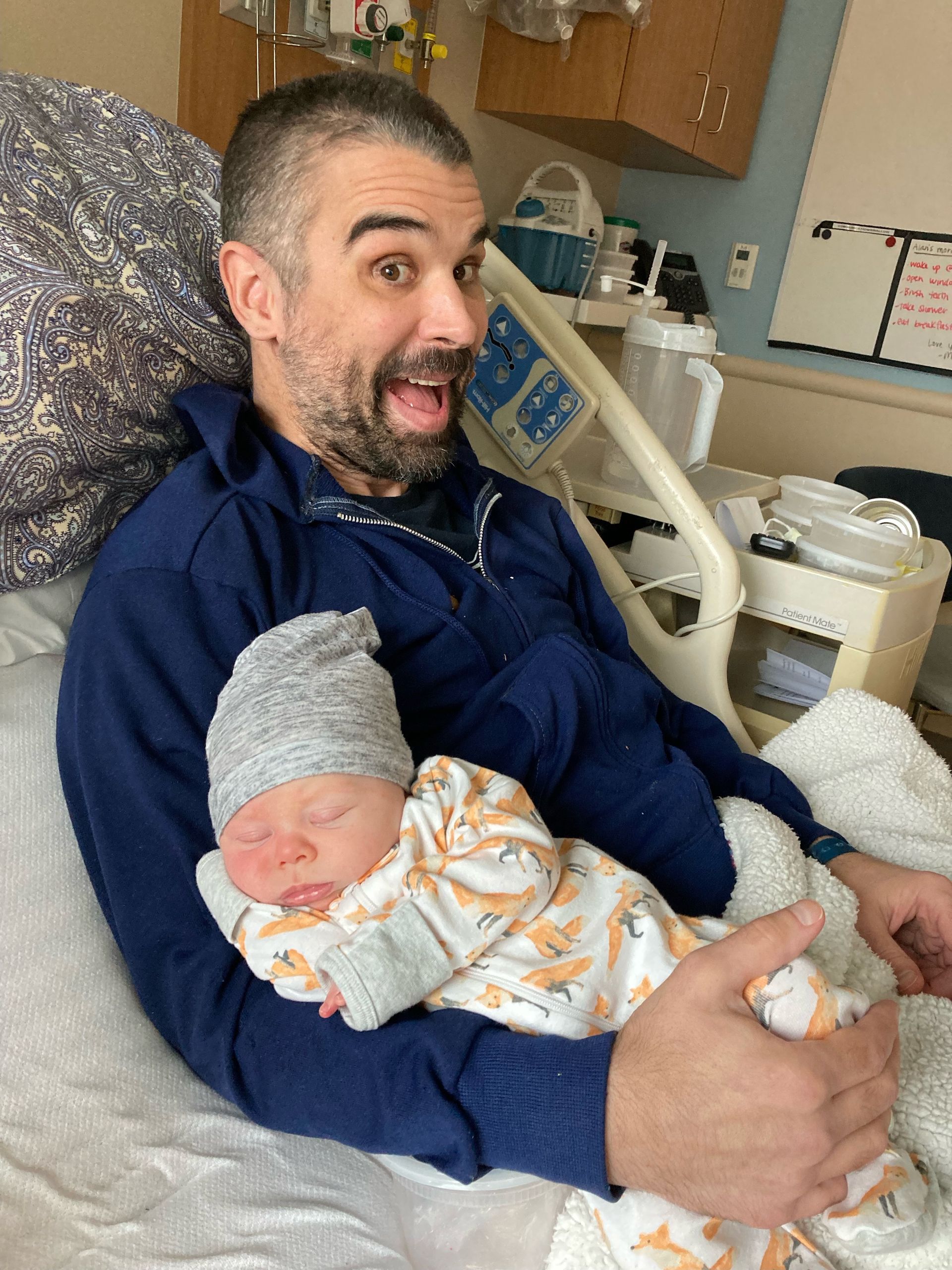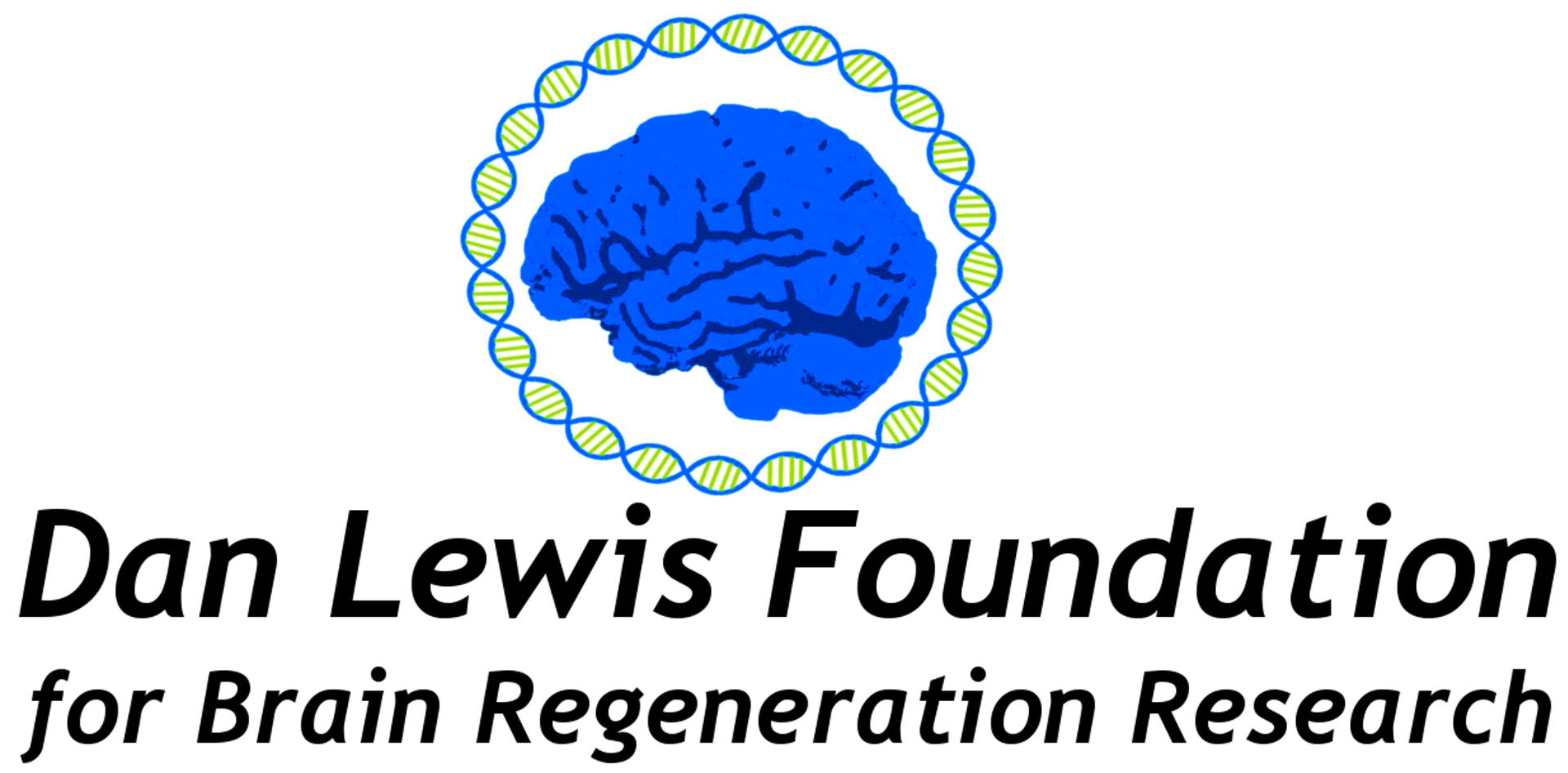By Dan Lewis Foundation
•
April 2, 2025
For the third consecutive year, the Dan Lewis Foundation for Brain Regeneration is proud to announce the DLF Prize competition. The 2025 DLF Prize, a $20,000 award, will recognize an outstanding early career scientist (2 to 5 years post-doc) conducting innovative research in neuroscience, pharmacology, or biotechnology. This prestigious prize honors researchers whose work aligns with the DLF mission to drive breakthroughs in neural regeneration and repair. The current research priorities of the DLF are: Pharmacological Reactivation of Neural Repair: Research into pharmacological methods of reactivating or augmenting synaptogenesis, neurogenesis or axonal repair. Cell-Based Cortical Repair: Investigating the potential of derived cortical neurons to restore function in damaged cortical regions. Transcriptomics of Neural Recovery: Characterizing transcriptomic profiles of cortical neurons in the recovery phase following brain injury to identify pathways that drive repair. Molecular Inhibitor Targeting: Advancing anti-sense oligonucleotides (ASO’s) or small-molecule therapeutics designed to downregulate inhibitors of neural regeneration in the cortex or spinal cord. Application for the 2025 DLF Prize can be made by going to our website— danlewisfoundation.org —and clicking on the Tab “ 2025 DLF Prize ”. This will bring you into the application portal. The application portal opened in March, 2025 and will remain open through May 31st. Once in the portal, you will find complete information about the DLF prize, eligibility requirements, and an application form which can be filled in and submitted online. The winner of the 2023 DLF Prize, Dr. Roy Maimon, continues his research indicating that downregulation of PTBP1, an RNA-binding protein, can convert glial cells into neurons in the adult brain (Maimon et al. 2024) .* Dr. Maimon, currently a post-doc at the University of California, San Diego is currently interviewing for a faculty position at several prominent neuroscience departments. The winner of the 2024 DLF Prize, Dr. William Zeiger is a physician-scientist in the Department of Neurology, Movement Disorders Division, at UCLA. Dr. Zeiger has expertise in interrogating neural circuits using a classic “lesional neurology” approach. He states, “Our lab remains focused on understanding how neural circuits become dysfunctional after lesions to the cortex and on investigating novel circuit-based approaches to reactivate and restore damaged cortex”. * Maimon, Roy, Carlos Chillon-Marinas, Sonia Vazquez-Sanchez, Colin Kern, Kresna Jenie, Kseniya Malukhina, Stephen Moore, et al. 2024. “Re-Activation of Neurogenic Niches in Aging Brain.” BioRxiv. https://doi.org/10.1101/2024.01.27.575940.



